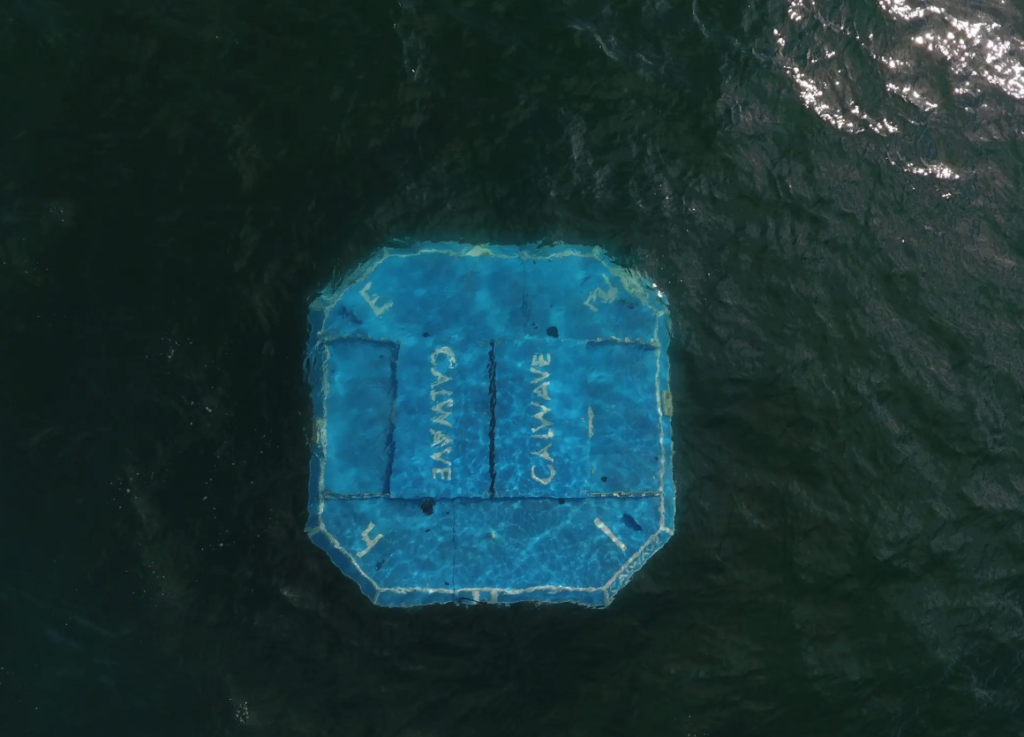US Doe supports ocean energy production
(Sustanabilityenvironment.com) – The exploitation of oceanic energy will soon have an additional tool. Let’s talk about xWave’s marine conversion technology, created by the Californian CalWave. The company has recently completed its pilot project dedicated to wave energy after ten months of uninterrupted operation off the coast of San Diego. The plant, named x1 somebody, has already been recovered and decommissioned, but the results will support the next deployment at the PacWave test site off Newport, Oregon.
What makes the device noteworthy? Essentially its the ability to capture oceanic energy by operating below the water’s surface. “Unlike conventional technologies that extract the energy of waves on the ocean surface, xWave’s architecture is completely submerged at a range of different depths and distances from the coast. […] ” explains the company. Placing on the high seas would allow higher performance and increase safety. “This unique approach allows several advantageous operational capabilities: it survives stormy seas and extreme conditions, does not cause any visual impact and allows a unique control of structural loads eliminating excessive loads during storms that increase the cost of the systems without contributing substantially to the annual production of energy”.
Read also Underwater solar cells to produce “direct” green hydrogen
The project was supported by an award from the United States Department of Energy in June 2017, recognizing its ability to improve “by more than three times the energy capture by unit structural cost”. A result convinced the Department to financially support new tests to validate the current version.
To date, however, the manufacturer does not provide any technical details on how xWave works. We know, however, that CalWave’s forecasts have not been disregarded. The onboard controller guided operations autonomously for about 80% of the time, ensuring high performance and shutdown during thunderstorms.

